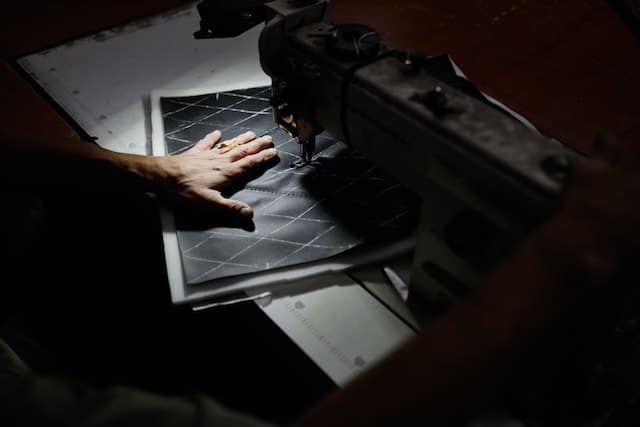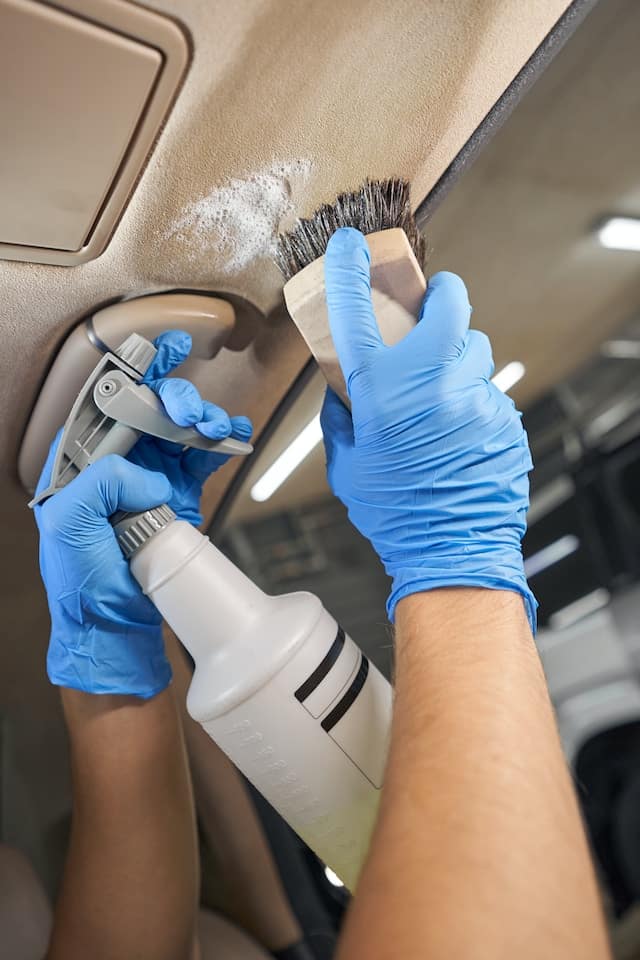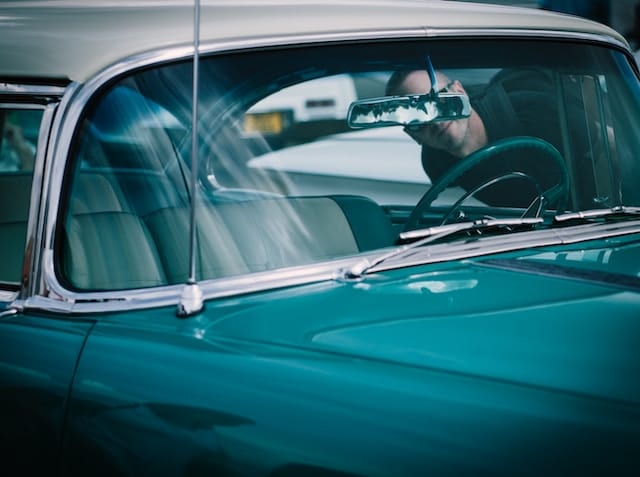
Car upholstery is more than just a design choice; it’s a blend of aesthetics, comfort, and vehicle value preservation. This article dives into the world of car upholstery, covering its importance, the best materials to choose, and the dos and don’ts of maintenance.
The Importance of Car Upholstery
Car upholstery directly influences your driving experience. Good quality upholstery not only makes your interiors look plush but also determines the comfort level. Moreover, well-maintained upholstery can enhance your vehicle’s resale value.
Types of Car Upholstery Materials
There are various materials available, each with its pros and cons:
- Leather: Luxurious and durable but needs regular maintenance.
- Vinyl: Affordable and easy to clean, but less breathable than leather.
- Fabric: Often used due to its comfort, but stains easily.
The Do’s and Don’ts of Maintenance
Do:
- Regularly vacuum the upholstery to prevent dust accumulation.
- Address spills immediately to prevent stains.
Don’t:
- Use harsh chemicals that can damage the material.
- Leave your car exposed to extreme sunlight, as it can fade the color.
The Role of Upholstery in Resale Value

When selling, potential buyers often inspect the upholstery. Well-maintained interiors can be a selling point, while torn or stained upholstery can drastically reduce the asking price.
Car Upholstery Price Ranges
Navigating the vast world of car upholstery pricing can be a daunting task, especially with the diverse materials and service quality available in the market. Whether you’re considering a simple fabric switch or exploring the luxurious realm of custom leather designs, understanding the price landscape is crucial.
- Basic Fabric Replacement: This typically falls in the range of $200 to $750, depending on the quality of the fabric and the size of the vehicle.
- Standard Leather Upholstery: For vehicles that come with factory leather, replacing with a similar quality might cost you between $700 to $1,500, depending on the vehicle.
- High-Quality or Custom Leather: If you’re opting for premium, custom-tailored leather, prices can range from $1,500 to $4,000 or even higher.
- Repairs: Minor repairs, like fixing tears or burns, can range from $100 to $300, depending on the extent of damage and material.
- Custom Designs or Specialty Materials: If you’re looking for unique patterns, designs, or rare materials, prices can start at $2,000 and go upwards of $5,000.
The Value of Multiple Quotes in Car Upholstery Projects
In the intricate sphere of car upholstery, where aesthetics seamlessly intertwine with functionality, one guiding principle stands out: the importance of sourcing multiple quotes. But why is this strategy so crucial?
- Variability in Pricing: The upholstery industry, like many others, doesn’t have a standardized pricing system. Costs can fluctuate widely based on factors like location, materials, labor intensity, and even the time of year. By obtaining multiple quotes, you gain a clearer understanding of the prevailing market rate.
- Quality Assurance: Price often reflects quality. However, an exorbitantly high quote doesn’t always guarantee top-tier work, and a low quote might not mean subpar service. Collecting and comparing different quotes and portfolios allows you to gauge the quality of work relative to the price.
- Bargaining Power: With a range of quotes in hand, you’re in a better position to negotiate. Knowing the price spectrum gives you an edge in discussions, ensuring you don’t overspend.
- Understanding Inclusions and Exclusions: Different service providers may offer different packages. One quote might include material costs, while another might be labor-only. By asking for detailed quotes, you can make apples-to-apples comparisons and avoid hidden or unexpected costs.
- Building Relationships: Interacting with multiple providers during the quotation process can help you establish a rapport. It’s not just about the price; it’s also about feeling comfortable and confident with the professional handling your vehicle.
In conclusion, while it might seem time-consuming, the act of obtaining and comparing multiple quotes is a strategic move in car upholstery projects. It ensures you receive competitive pricing, quality workmanship, and ultimately, peace of mind in your investment.
Maximizing Your Car Upholstery Budget: Where to Begin

1. Assess and Prioritize Needs
Pinpoint Critical Areas: Before diving in, inspect your vehicle’s interiors. Identify areas that desperately need attention, such as torn seats, faded patches, or significant wear.
Distinguish Between Wants and Needs: While a full revamp might be the dream, a limited budget requires focusing on pressing needs over aesthetic desires.
2. Research Material Options
Consider Cost-Effective Alternatives: Genuine leather might be out of reach, but there are durable and attractive synthetic options available.
Understand Lifespan vs. Cost: Sometimes, slightly pricier materials might offer better longevity, translating to cost savings in the long run.
3. Opt for Partial Upholstery
Seat Covers: Instead of reupholstering entire seats, consider high-quality covers that enhance aesthetics and comfort.
Target High-Wear Areas: Focus on sections like the driver’s seat or armrests, which typically see more wear.
4. DIY or Professional Help?
Tackle Small Repairs Yourself: Minor tears or simple patch jobs can often be managed with DIY kits and online tutorials.
Seek Professionals for Complex Tasks: For significant reupholstery, it’s worth spending on expert service to ensure longevity and safety.
5. Shop Around and Negotiate
Obtain Multiple Quotes: Different shops might offer varying rates. Get several quotes to understand market prices.
Be Transparent About Your Budget: Many professionals can suggest solutions tailored to your financial constraints.
Conclusion
A limited budget doesn’t mean compromising on your car’s interior appeal and comfort. By strategizing and making informed decisions, you can achieve impressive results without breaking the bank.
Understanding Upholstery in Classic Cars
This type of upholstery seeks to restore or replicate the original design and materials, capturing the essence of specific fabrics, patterns, and leathers that were iconic during the vehicle’s era of production. Such attention to detail ensures the preservation of the vehicle’s historic and aesthetic value.


